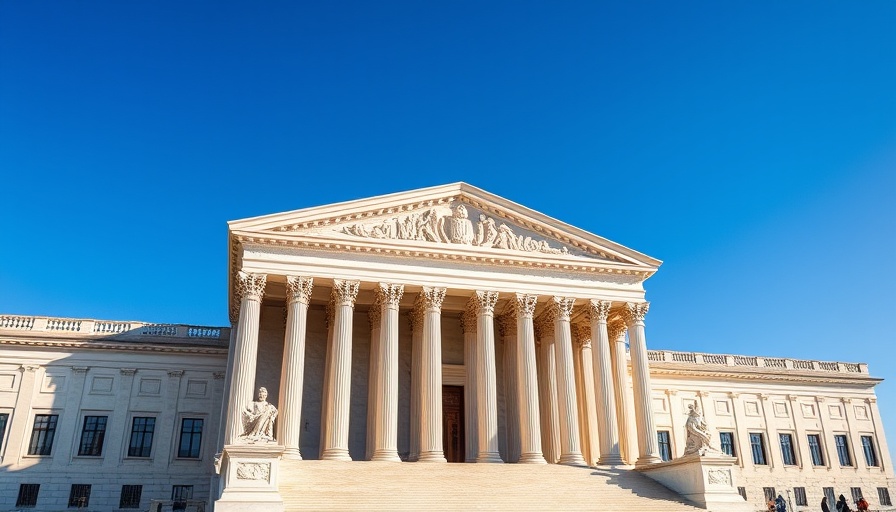
The Supreme Court's Unfolding Dilemma
The Trump administration has formally requested that the Supreme Court allow extensive layoffs at the U.S. Department of Education to proceed unchallenged. This request raises critical questions about government power and the implications of such layoffs on public education services in the nation.
Understanding the Background
To comprehend the gravity of this situation, it's essential to look back at how we arrived here. The Trump era saw a significant push for budget cuts across various governmental sectors, with education being one of the most heavily scrutinized areas. Aiming to reduce federal spending and shift more responsibilities to local and state levels, the administration initiated discussions about downsizing the Department of Education's workforce, which had traditionally been seen as vital for sustaining educational quality.
Implications of Mass Layoffs in Education
The request to proceed with mass layoffs is not merely a bureaucratic issue; it has far-reaching implications for the educational landscape. Local school districts depend on federal funding and guidelines, and the reduction of staff could lead to a decline in educational support, resources, and ultimately, opportunities for students across various socioeconomic backgrounds. A smaller federal workforce might hinder the Department’s capacity to oversee compliance with education policy, potentially eroding the quality of public education.
Potential Reactions and Additional Perspectives
Public reaction to the layoffs has been mixed. Supporters of the cuts argue that reducing government overhead could lead to more efficient operations and less red tape. However, opponents emphasize that such actions will disproportionately affect vulnerable communities, leaving many without the necessary support they need to thrive in an increasingly competitive educational environment.
Symbolism of the Layoffs
These layoffs symbolize a broader ideological battle over the role of government in public education. The actions taken during the Trump presidency have prompted a national conversation about educational funding, equality, and the effectiveness of governmental oversight. The discourse continues to evolve, shaped by differing perspectives about how best to serve America's youth.
What Lies Ahead?
The Supreme Court’s decision on whether to uphold these layoffs will be pivotal—it may set a precedent for future administrations and their ability to reshape the public sector workforce. The ruling could signify a shift in the power balance between educational institutions and the federal government, determining how education is funded and delivered in the future.
Public Sentiment and National Response
This decision will likely influence the upcoming elections as candidates position themselves regarding educational policies and worker rights. Stakeholders, including educators, parents, and advocates, will be watching closely, anticipating not just the Supreme Court's ruling, but also how it could affect their communities. It's essential for citizens to remain informed and engaged as this situation develops.
Call to Action: Get Involved
As we navigate these complex issues surrounding education policy and federal oversight, it's crucial for citizens to engage in the discussion. By advocating for educational funding and supporting local initiatives, individuals can help ensure that all students receive the quality education they deserve. Stay informed, speak out, and make your voice heard as the nation grapples with these pressing challenges.
 Add Element
Add Element  Add Row
Add Row 



Write A Comment